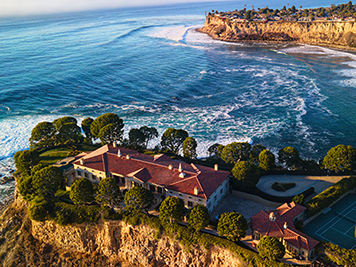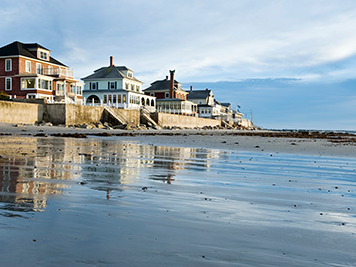As the situation in Ukraine evolves, businesses should be mindful of potential risks to their people, assets, operations, or supply chains in the region and globally. Marsh, as part of the Marsh McLennan family of companies, has created a page with information, tools, and resources related to the Russia-Ukraine conflict. Please visit the page for the latest information.
With the significant amount of time we all spent in our homes in 2020, it follows that maintaining our property and keeping it safe would be top of mind. But amid the pandemic, many of us may have missed that 2020 was also a record-breaking year for natural disasters. Learn more about the protecting your home.
Resources
1 “Home Survival in Wildfire-Prone Areas: Building Materials and Considerations,” University of California Agriculture and Natural Resources, May 2010.
2 “Record hurricane season and major wildfires – The natural disaster figures for 2020,” Munich Re, January 7, 2021;



